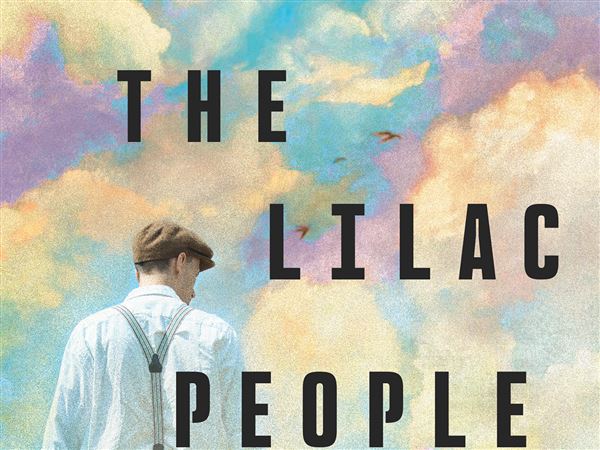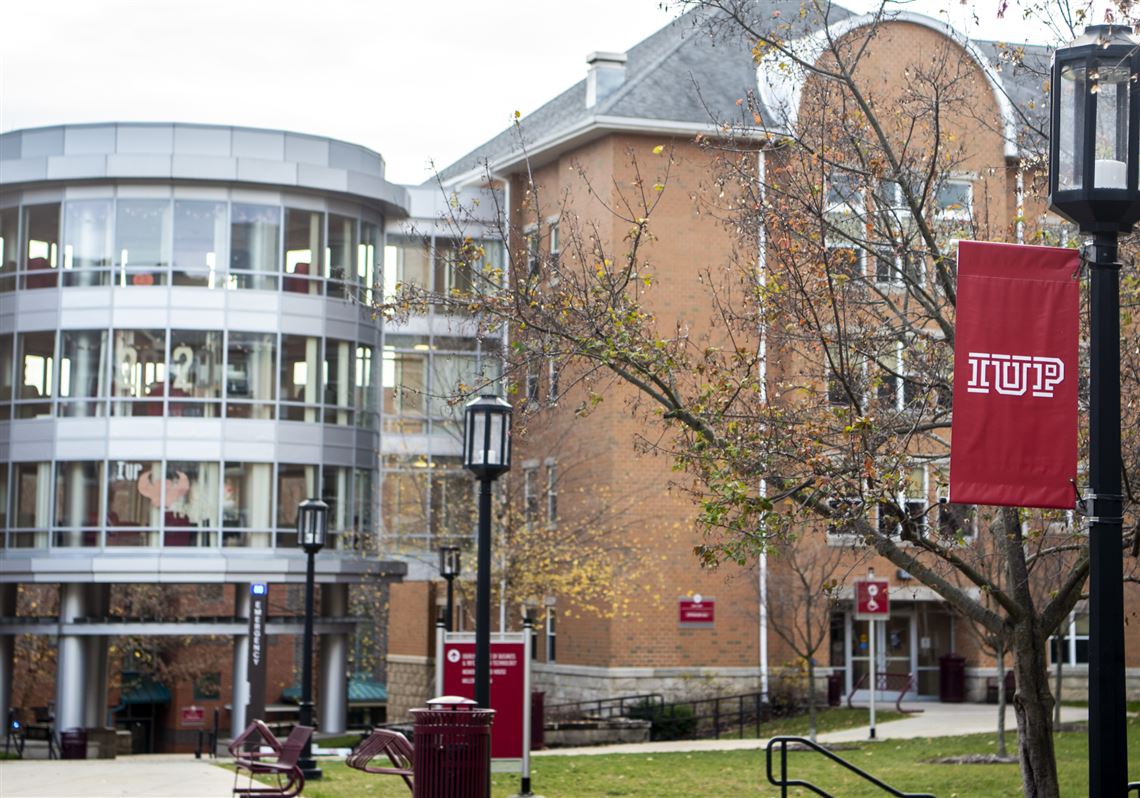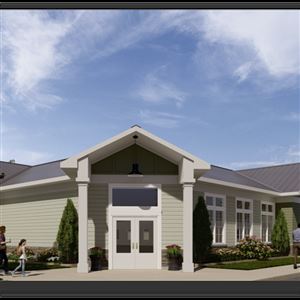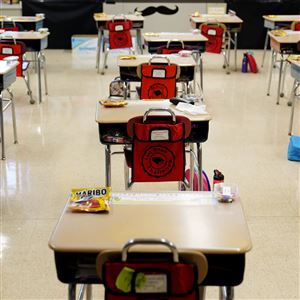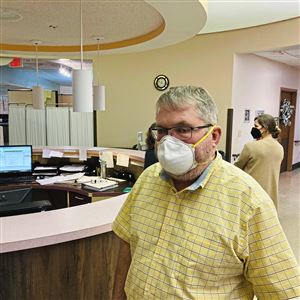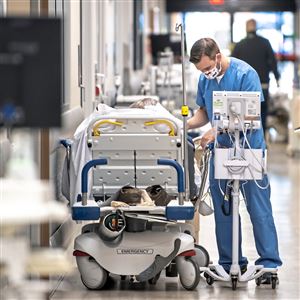INDIANA, Pa. — Troubled by a shortage of rural doctors, Indiana University of Pennsylvania is weighing whether to create a school of osteopathic medicine.
The IUP Council of Trustees on Thursday endorsed exploring the prospect — its first public announcement after a year of “quiet due diligence,” board Chairman Sam Smith said. If formal plans take shape, the university would become the first public university in Pennsylvania with a school in the field.
“We’re doing this because we think there’s a need we can contribute to. That was the No. 1 determinant of our moving ahead,” IUP President Michael Driscoll said in an interview, referencing rural health needs. “There will be other benefits, I’m sure, to the community, economically and otherwise, if we get there — and to the institution.”
About a quarter of Pennsylvanians live in rural counties like Indiana, which have half as many physicians per resident as urban counties, according to a report from Penn State University. The commonwealth counts twice as many medically underserved areas as the average state, while its shortage of primary care physicians may reach more than 1,000 by 2030, the Hospital and Healthsystem Association of Pennsylvania found.
Against that backdrop, IUP officials said they joined in local conversations over the past two-or-so years as leaders contemplated the region’s future. More recently, the university worked with a consultant and trustees held workshops to begin examining what a medical school might entail.
Mr. Smith said a new school could offer opportunity for other universities in the State System for Higher Education — as a next step for students completing lower-level medical programs, and as a model for partnerships with rural hospitals. Leadership at Indiana Regional Medical Center has been part of early conversations, according to the university.
“Recruiting physicians is the bane. It’s the worst thing” and a constant challenge for rural community hospitals, said Mr. Smith, who served on a hospital board.
It was probably premature to discuss how many students a new school might enroll, but the number would be modest relative to IUP’s overall enrollment of 8,832, Mr. Driscoll said. Medical schools raise overall visibility and can enhance institutional reputation, he said, noting IUP’s existing programs in health care education.
In the coming weeks, the university plans to hold more conversations in the community, dig into fundraising possibilities and contemplate first steps with accreditors. Funding for the enterprise would have to be new money, not from the current operating budget, according to Mr. Smith.
“There are a number of points where, as we’re exploring this, we may say this just doesn’t make sense for us right now or we just aren’t ready to do this yet,” Mr. Driscoll said.
If IUP does forge ahead, Mr. Smith suggested it could submit an application to the Commission on Osteopathic College Accreditation in as few as six months. From that point, it would likely be three to five years before the first class of students would enroll, Mr. Driscoll said.
Graduates in the field will play a growing role amid expected physician shortages, said Dr. Robert A. Cain, president at the nonprofit American Association of Colleges of Osteopathic Medicine. Doctors of osteopathic medicine, or DOs, work across specialties including primary care, pediatrics and emergency medicine. They make up about 11% of U.S. physicians, according to the American Osteopathic Association.
A quarter of U.S. medical students are trained in colleges of osteopathic medicine, which have tripled the number of their campuses over the past 22 years, Dr. Cain said. Newer schools are centered heavily in rural areas, said Joseph Shapiro, spokesman at the Bethesda, Maryland-based college association.
He was aware of four U.S. schools or colleges of osteopathic medicine that are in the works, including the college for which Duquesne University broke ground this year. There are 38 accredited schools in the field nationwide, including the Erie-based Lake Erie College of Osteopathic Medicine and the Philadelphia College of Osteopathic Medicine.
Also Thursday, the IUP board approved cuts in annual tuition for out-of-state, full-time undergraduates from the U.S. A reduction of $2,690 a year, or about 20%, will take effect in fall 2023 for those carrying 15 credits a semester; the adjustment will be greater for those taking more credits, and smaller for those taking fewer.
The decision follows a similar move that took effect this fall for in-state undergraduates, dropping annual tuition to $7,716 for many. That has already had impact, Mr. Driscoll said, noting first-year enrollment is up by 4.1% and that applications for fall 2023 are up by 13%.
“It clearly makes us more competitive,” Mr. Smith said of the new rates. Out-of-state students from the U.S. make up about 4% of IUP undergrads, down from nearly 7% in fall 2012.
A university working group recommended the tuition changes as IUP has sought to address college costs, bring in more students and improve retention. Enrollment at the university is down nearly 43% over the past 10 years.
Mr. Driscoll said the initial tuition cuts could cost IUP about $500,000 in revenue for the first year — “if we don’t see any increase in enrollment as a result, or any increase in students persisting.”
The university could manage a short-term financial hit with reserve funds, intending to counterbalance with more enrollment over the long term, he said. The pricing changes also bring IUP more in line with other state-system schools, Mr. Driscoll added.
Members of the working group will look next at tuition for international students and graduate students and at university fees.
Adam Smeltz: asmeltz@post-gazette.com, @asmeltz
First Published: December 9, 2022, 9:02 p.m.
Updated: December 10, 2022, 11:20 a.m.





